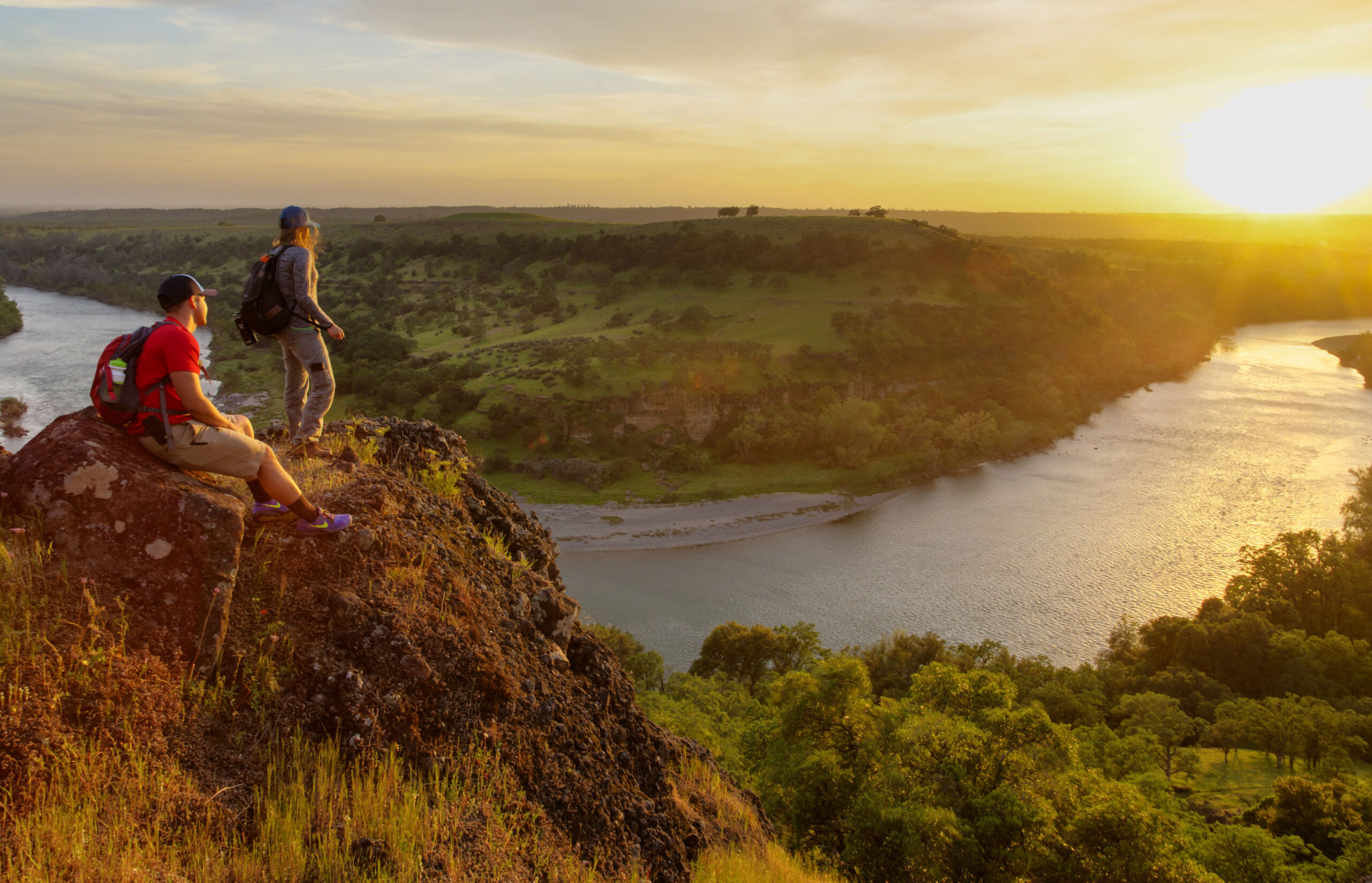
“One touch of nature makes the whole world kin.”
~William Shakespeare
Photo Credit: Sacramento River. Photo by Bob Wick / BLM
The northern Sacramento River Valley is located in northern California above the city of Sacramento and south of the Oregon border. The valley is surrounded by mountain ranges; the Klamath Mountains to the north, the Northern Coast Ranges to the west, and the Cascade Mountains and the Sierra-Nevada Mountains to the east. The historical convergence of the Pacific and North American tectonic plates, coupled with sediment erosion from the above mountain ranges, gives the valley a unique mix of marine and non-marine based soil, which supports the flora, fauna, and water of the region.

The Sacramento River runs 450 miles from Mt. Shasta to the Sacramento-Joaquin Delta south of Sacramento. The region supplies 35% of the state’s water using 17% of its landmass. The land in the valley provides 50% of the state’s agriculture industry. Due to changes in land use, The Sacramento River Valley has been designated as an area of concern by Conservation International. The northern “California Central Valley grasslands,” and the surrounding “California interior chaparral and woodlands” ecoregions make up the Sacramento Valley watershed and are important for tracking habitat loss, fragmentation, and loss of biodiversity. The Sacramento Valley floor has lost 47.3% of its natural habitat. The surrounding foothills, which provide natural resources services to the valley, have lost 22% of their natural habitat.
Map credit: © 2022 Conservation Biology Institute
“Ecosystems in California are facing unprecedented pressures due to a combination of human disturbance, wildfire, pests, invasive species, and water quality impacts. Climate change, which is disrupting historical disturbance regimes, is introducing uncertainty in how to best conserve and protect habitat and manage for healthy ecosystems.”
California’s Forests and Rangelands: 2017 ASSESSMENT
Current Projects

Climate
is the weather averages over time. Changes in the local climate impact the health and regeneration of the area.

Forests
are tree dominated landscapes that provide oxygen, soil, water, climate control, medication, and erosion control.

Natural Resources
are products provided by nature such as wood, water, food, minerals, and pollination services.

Recreation
opportunities provide health, well-being, and cultural and spiritual identities, which are the foundation for a tourist economy.

Sustainability
is the concept that a product or service can replenish and regenerate to sustain the amount of use over time.


